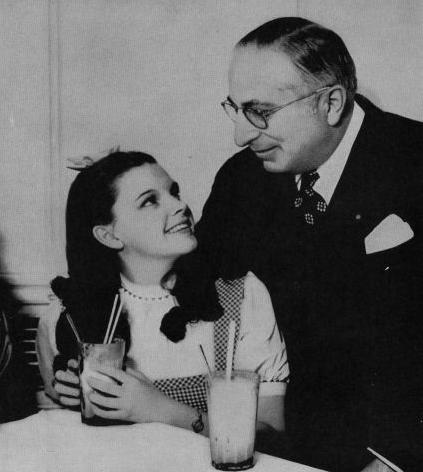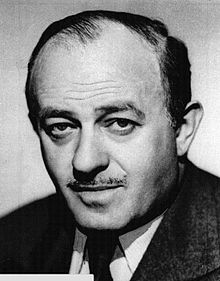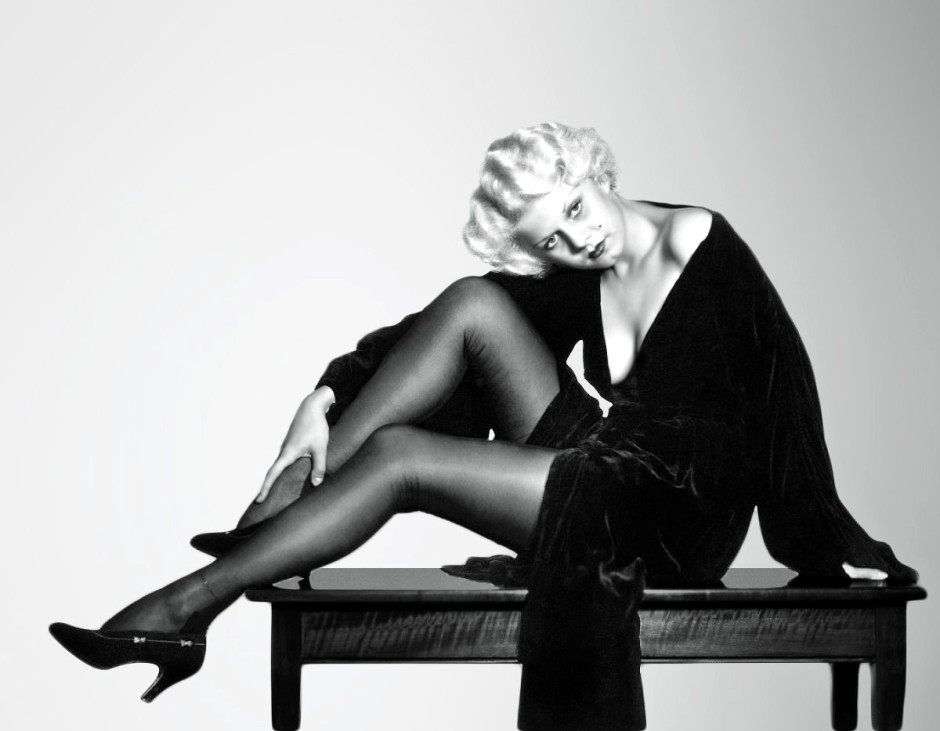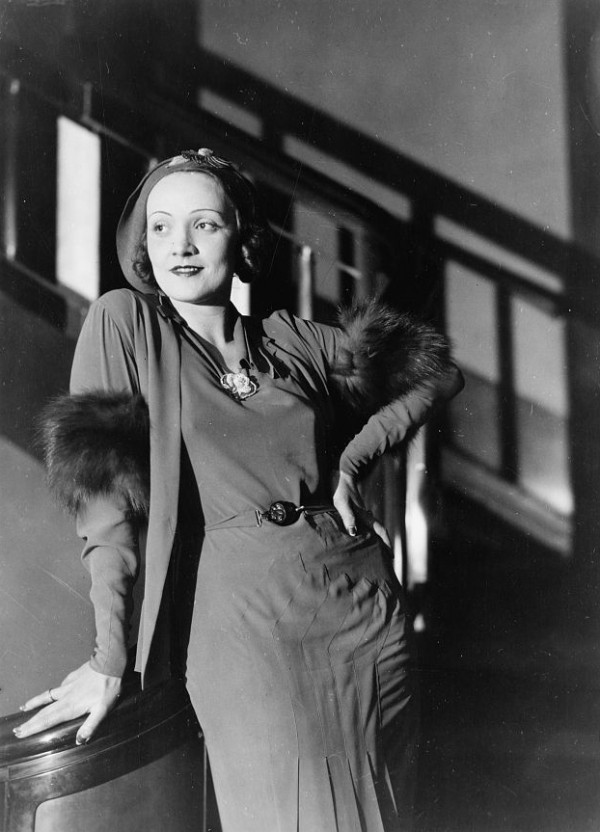
Hollywood, the dream factory and glamour destination, is an endless source of curiosity and fascination. This was particularly the case during Hollywood’s golden era in the 1930s, when the studio system was dominant and mega stars like Greta Garbo and Errol Flynn set hearts aflutter.
This incarnation of Lotus Land is resurrected in a lavishly-illustrated coffee-table book, Hollywood In The 30s, written by Robert Nippoldt and Daniel Kothenschulte and published by Taschen.
It’s a treasure trove of tantalizing tidbits.
The iconic Hollywood sign that sits high atop the Hollywood Hills was meant to be there for only a year.
Warner Brothers, the smallest and least profitable studio, launched the sound revolution in 1927 with The Jazz Singer, starring the irrepressible Al Jolson. The arrival of talkies ruined the careers of some actors, like the dashing John Gilbert, but had no effect whatsoever on the status of others, like Charlie Chaplin.

Louis B. Mayer, the head of MGM, had no rivals in the acting department. He would threaten, scream, cajole, beg and howl when necessary, yet he earned the respect of his stable of actors. As Katharine Hepburn put it, “He was a shrewd man with enormous understanding of an artist … In all my dealings with Mayer, I can say he was the most honest person I ever dealt with in my life.”

The most popular female star of the 1930s was not, as might be assumed, Jean Harlow or Joan Crawford, but Marie Dressler, who was already in her 60s when theater owners voted her the biggest box office draw for three years running.
At the height of her career, in 1932, Greta Garbo earned $7,000 a week. She retired after the failure of her comedy, The Two-Faced Woman (1941).

Jean Harlow, the Blonde Bombshell, was like a flaming meteor, crashing after succumbing to kidney failure in 1937 at the tender young age of 26.
Jack Pierce was someone you never heard of, being the makeup artist who created movie monsters ranging from Frankenstein to the Cobra Woman.
The special effects specialist Willis O’Brien fabricated King Kong, animating a 17-inch tall dummy gorilla frame by frame.

Mae West, Hollywood’s quintessential sex symbol, was a late bloomer, being 40 years old when she made her second movie, She Done Him Wrong (1933).
Cary Grant fell in and out of love with his leading ladies and claimed that sex was the best form of exercise.
Busby Berkeley was the most important movie choreographer of the period, reaching his apex with Gold Diggers of 1933. Berkeley ofteen teamed up with Fred Astaire, a dancer who rose above the natural law of gravity.
Marlene Dietrich, the German actress who turned against the Nazi regime in Germany, was a blend of erotic passion and girlish shyness.
Shirley Temple, the most successful child star in history, was four when she began her career. “Nobody’s joy was more infectious; no one could weep so heartrendingly,” the authors observe. President Franklin Roosevelt famously said, “As long as our country has Shirley temple, we will be alright.”
The five Marx brothers, in films from A Night at the Opera to Duck Soup, turned slapstick into an art form.

Ernst Lubitsch, the son of a Jewish tailor from Berlin, was the master of comedy, cranking out celluloid gems like Ninotchka and To Be Or Not To Be.
Known as the Hollywood Maestro, composer Erich Wolfgang Korngold — a Jewish refugee from Nazi Germany — perfected film music in hits like The Adventures of Robin Hood and King’s Row.
Judy Garland rose from understudy to star in the Wizard of Oz, which attracted a cult following.
James Stewart, Mr. Average American, was an ordinary guy with charisma. “I suppose people can relate to being me,” he said, “while they dream of being John Wayne.”

In 1926, newspaperman Ben Hecht received a telegram from Herman Mankiewicz, who later wrote the screenplay for Citizen Cane. It read: “Millions are to be grabbed out here and your only competition is idiots. Don’t let this get around.” Acting on his advice, Hecht settled in Hollywood and proceeded to write razor-sharp scripts for, among other films, The Front Page, Scarface and Design for Living.
Clark Gable, the acclaimed male lead, harboured no illusions about himself. “I’m no actor and never have been,” he noted. “What people see on the screen is me.” In his most famous role, he played Rhett Butler in Gone With the Wind.
These were the personalities who left an indelible mark on the American movie industry. Hollywood In The 30s captures that spirit through words and drawings.

